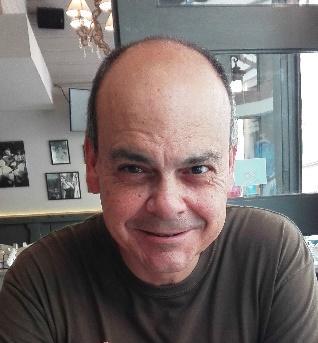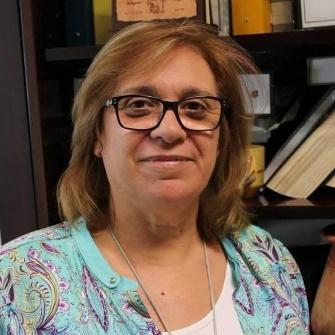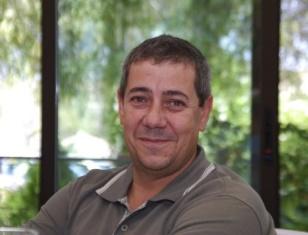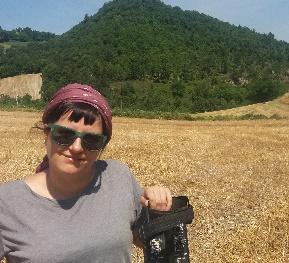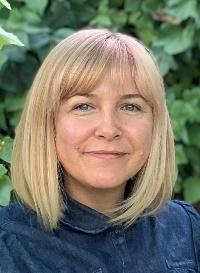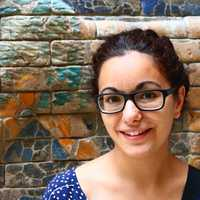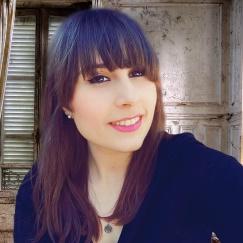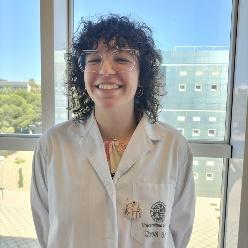About This Course
Teaching history is in most cases limited to the use of images, text and what someone's imagination could make of what that world would have been like.
This experience can be taken to a new level by using techniques like VR and 3D printed objects in education. In this course you will learn how this can enhance the learning experience and improve accessibility on all levels of education.
This course is based on the experiences of the University of Jaén in the 5DCulture project where they developed different educational approaches to give students more insight in their local Iberian heritage and teach them about how 3D technology can be used in archeology.
This course will show you their experiences using AR / VR and 3D-printed objects as examples of how you could use these techniques for your own educational projects to teach students about their (or any other) cultural heritage and history.
The examples shown in this course are of different levels of education, from primary school education to university level. The approaches aren’t limited to these particular levels: you might well be inspired by an approach and use it in another level of education as you see fit.
Course Staff
Alberto Sánchez Vizcaíno (PhD)
Professor in Prehistory in the Historical Heritage Department and member of the University Research Institute for Iberian Archaeology (University of Jaén, Spain). Expert in Archaeology of the Iberians, he has worked in several European projects about the application of ICT to archaeological heritage and for improving and transferring digitized archaeological assets (2D, 3D) to Europeana.
Carmen Rísquez Cuenca (PhD)
Professor in Prehistory in the Historical Heritage Department and member of the University Research Institute for Iberian Archaeology (University of Jaén, Spain). Expert in Archaeology of the Iberians, Gender Archaeology and in the analysis of ritual and sacred spaces.
Rafael Segura Sánchez (ScD)
Professor in Computer Languages and Systems in the Department of Computer Science (University of Jaén, Spain). He is member of the University Research Institute for Iberian Archaeology (University of Jaén, Spain). Currently he is working in Computational Archaelogy and 3D, computer graphics and virtual reality.
Jose Manuel Fuertes García (ScD)
Jose is Senior Lecturer in the Area of Computer Science and Artificial Intelligence of the Department of Computer Science (University of Jaén, Spain). He is member of the University Research Institute for Iberian Archaeology (University of Jaén, Spain). Currently he is working in Computational Archaelogy and 3D, and developing intelligent learning systems in 2D and 3D environments.
Carmen Rueda Galán (PhD)
Senior Lecturer in the Prehistory Area of the Historical Heritage Department of the University of Jaén (Spain). She is member of the University Research Institute for Iberian Archaeology (University of Jaén, Spain). Expert in the Culture of the Iberians, Gender Archaeology and in the analysis of sacred spaces and ritual systems of Iberian societies.
Antonio Jesús Rueda Ruiz (ScD)
Senior Lecturer in Computer Languages and Systems in the Department of Computer Science (University of Jaén, Spain). He is member of the University Research Institute for Iberian Archaeology (University of Jaén, Spain). Currently he is working in Computational Archaelogy and 3D, development of geometric algorithms, processing of data from 3D scanning, virtual reality and augmented reality.
Ana Herranz Sánchez (PhD)
Research assistant in Prehistory in the Historical Heritage Department and member of the University Research Institute for Iberian Archaeology (University of Jaén, Spain). Expert in the Culture of the Iberians, Gender Archaeology, and in museography and dissemination of Archaeological Heritage. She frequently collaborates in archaeological heritage dissemination activities aimed at children and young people.
Isabel Moreno Padilla (PhD)
Research assistant in Prehistory in the Historical Heritage Department and member of the University Research Institute for Iberian Archaeology (University of Jaén, Spain). Expert in the Culture of the Iberians, Gender Archaeology, iconography and ceramic. She frequently collaborates in archaeological heritage dissemination activities aimed at children and young people.
Inmaculada Cubero León
Degree in Computer Engineering and member of the University Research Institute for Iberian Archaeology (University of Jaén, Spain). Currently he is working with virtual reality technologies and multimodal interfaces applied in the field of Archaeology, making use of virtual reality systems, locomotion and hand tracking, allowing interaction with the virtual environment to be more natural and intuitive.
Juana Salguero Montes
Degree in Archaeology, specializing in Iberian Archaeology, and a master's degree in the Archaeology of Cultural Landscapes. She currently works at the University Research Institute for Iberian Archaeology (University of Jaén, Spain) on research focus on Archaeology of Conflict, Gender Archaeology, and Iberian Archaeology related to the application of information and communication technologies.
